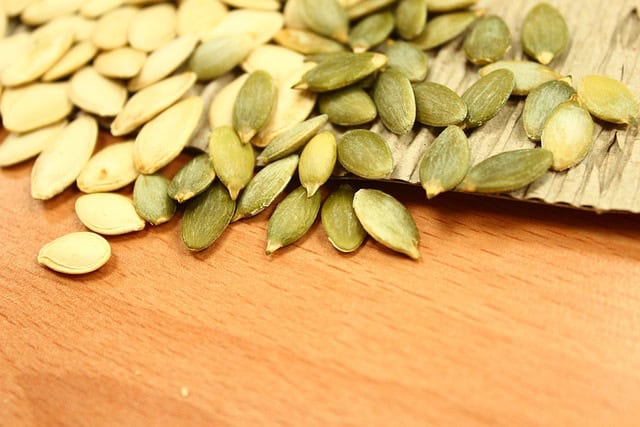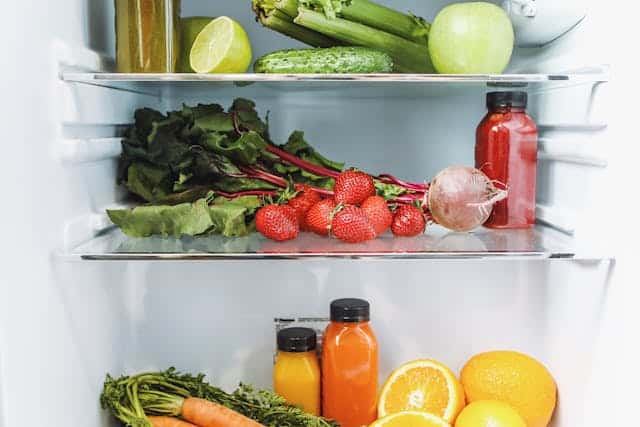Seed saving is a rewarding and sustainable practice that allows you to preserve your favorite varieties, reduce reliance on commercial seed companies, and even share seeds with your gardening community. But simply collecting seeds isn’t enough – proper storage is crucial to ensure their viability and longevity. This comprehensive guide will equip you with the knowledge and techniques to store your seeds for years, maximizing their germination potential and preserving your precious genetic resources.
Seed Saving: The First Step

Before diving into storage methods, let’s briefly touch upon seed saving. The process varies depending on the type of plant, but generally involves:
Selecting healthy, mature plants: Choose disease-free individuals with desirable traits.
Collecting ripe seeds: Wait until the seeds reach full maturity and exhibit their characteristic color.
Drying seeds thoroughly: Spread seeds on a tray or cloth in a well-ventilated area, out of direct sunlight.
Cleaning seeds: Remove any debris or chaff to prevent spoilage.
Drying & Storing Seeds
How To Store Them Properly For The Long Term

Once your seeds are clean and dry, it’s time to focus on long-term storage. The key to successful seed storage lies in controlling three critical factors: moisture, temperature, and light.
Cold Storage:

The ideal environment for seed storage is cool and dry. Aim for temperatures between 35°F and 45°F (2°C and 7°C). Basements, unheated garages, or even refrigerators can serve as suitable storage spaces, provided they maintain consistent temperatures.
Avoid Moisture:
Moisture is the enemy of seed longevity. Even a slight increase can trigger germination or encourage the growth of mold and bacteria. Ensure your seeds are completely dry before storing them. Consider using airtight containers like mason jars or zip-lock bags with desiccant packets to absorb any residual moisture.
Temperature & Light Conditions:
Store your seeds in a dark location, away from direct sunlight. Light exposure can damage seeds and reduce their viability. Additionally, avoid fluctuating temperatures, as this can also compromise seed quality.
Taking Your Seeds Out Of Cold Storage:
When it’s time to plant, remove your seeds from cold storage and allow them to gradually acclimate to room temperature before sowing. This prevents condensation and ensures optimal germination conditions.
Additional Tips:
Label your seed containers with the variety, date of collection, and any other relevant information.
Test seed viability before planting, especially for older seeds.
Regularly check your stored seeds for signs of moisture, mold, or insect damage.
Dry Storage

While cold storage is ideal for long-term seed preservation, dry storage can be a viable option for shorter durations. This method involves storing seeds in a cool, dark, and dry location, such as a pantry or cabinet. Ensure the seeds are completely dry and sealed in airtight containers to prevent moisture absorption. Dry storage is suitable for seeds that you plan to use within a year or two.
How Long Are Seeds Good For?

The longevity of seeds varies considerably depending on the species and storage conditions. Some seeds, like those of beans and peas, can remain viable for several years, while others, like lettuce and carrots, have a much shorter lifespan.
Approximate Storage Times
Here’s a general guideline for the approximate storage life of some common vegetable seeds:
Beans, Peas: 3-5 years
Broccoli, Cabbage, Cauliflower: 4-5 years
Carrots, Celery, Parsnips: 1-2 years
Cucumbers, Melons, Squash: 4-5 years
Lettuce, Spinach: 1 year
Tomatoes, Peppers, Eggplant: 3-4 years
These are just estimates, and actual viability may depend on factors like seed quality and storage conditions.
What About Longer Storage?
With proper care, some seeds can remain viable for much longer periods. For instance, research has shown that seeds of certain wildflower species can survive for decades or even centuries under optimal conditions. However, for most home gardeners, aiming for a storage life of 5-10 years is a reasonable goal.
Seeds in the Freezer: Good Or Bad?

Many gardeners wonder if freezing seeds is a good idea. While freezing can extend the lifespan of some seeds, it’s not always necessary and may even be detrimental in certain cases.
Freezing can be beneficial for seeds that are particularly sensitive to moisture or temperature fluctuations. However, for most seeds, dry storage at cool temperatures is sufficient. Additionally, freezing seeds that are already dry can lead to damage from ice crystal formation.
If you choose to freeze seeds, ensure they are completely dry and sealed in airtight containers before placing them in the freezer. Thaw seeds gradually before planting to avoid condensation damage.
Seed Storage Containers & Supplies

Choosing the right containers and supplies is crucial for successful seed storage. Here are some essential items to consider:
Airtight Containers: Mason jars, glass jars, or metal tins with tight-fitting lids are excellent choices for storing seeds. They prevent moisture and pests from entering.
Zip-Lock Bags: For shorter-term storage, heavy-duty zip-lock bags can be used. Ensure they are double-sealed to prevent moisture ingress.
Desiccant Packets: Silica gel packets or other desiccants absorb excess moisture, further protecting your seeds.
Labels: Clearly label your containers with the seed variety, date of collection, and any other relevant information.
What Causes Seed Degradation?

Several factors can contribute to the degradation and loss of seed viability over time. Understanding these factors is essential for optimizing storage conditions and maximizing seed longevity.
Light
Light exposure, especially direct sunlight, can damage seeds and reduce their germination potential. Ensure your storage containers are opaque or store them in a dark location.
Moisture
Moisture is the primary enemy of seed storage. Even slight increases in humidity can trigger germination or promote mold and bacterial growth. Thoroughly dry your seeds before storing them and use airtight containers to prevent moisture absorption.
Temperature
Extreme temperatures, both high and low, can harm seeds. Ideally, store seeds at cool temperatures between 35°F and 45°F (2°C and 7°C). Avoid storing seeds in areas prone to temperature fluctuations.
Pests
Insects and rodents can damage or consume seeds. Choose containers that are pest-proof and store them in a clean, dry location away from potential infestations.
Conclusion
Seed saving is a rewarding and sustainable practice that empowers you to preserve biodiversity, reduce reliance on commercial seed companies, and connect with the natural world. By understanding the principles of proper seed storage and implementing the techniques outlined in this guide, you can ensure the viability of your seeds for years to come, allowing you to enjoy your favorite varieties season after season.
Remember, seed saving is not just about practicality; it’s about preserving biodiversity, promoting self-sufficiency, and connecting with the natural world. So, get started today and experience the joys of seed saving!





